General Motors has built some of the most iconic cars in American history like the Chevrolet Corvette, the Pontiac GTO, and the Cadillac Escalade. But with so many brands under its umbrella, GM also produced some infamous missteps. Whether it was bad engineering, rushed development, or designs that missed the mark completely, these cars did more harm than good. Here are 15 vehicles that GM likely wishes had never left the factory floor, expanded with their backstory, performance specs, and their reputation today.
Chevrolet Vega (1971 to 1977)
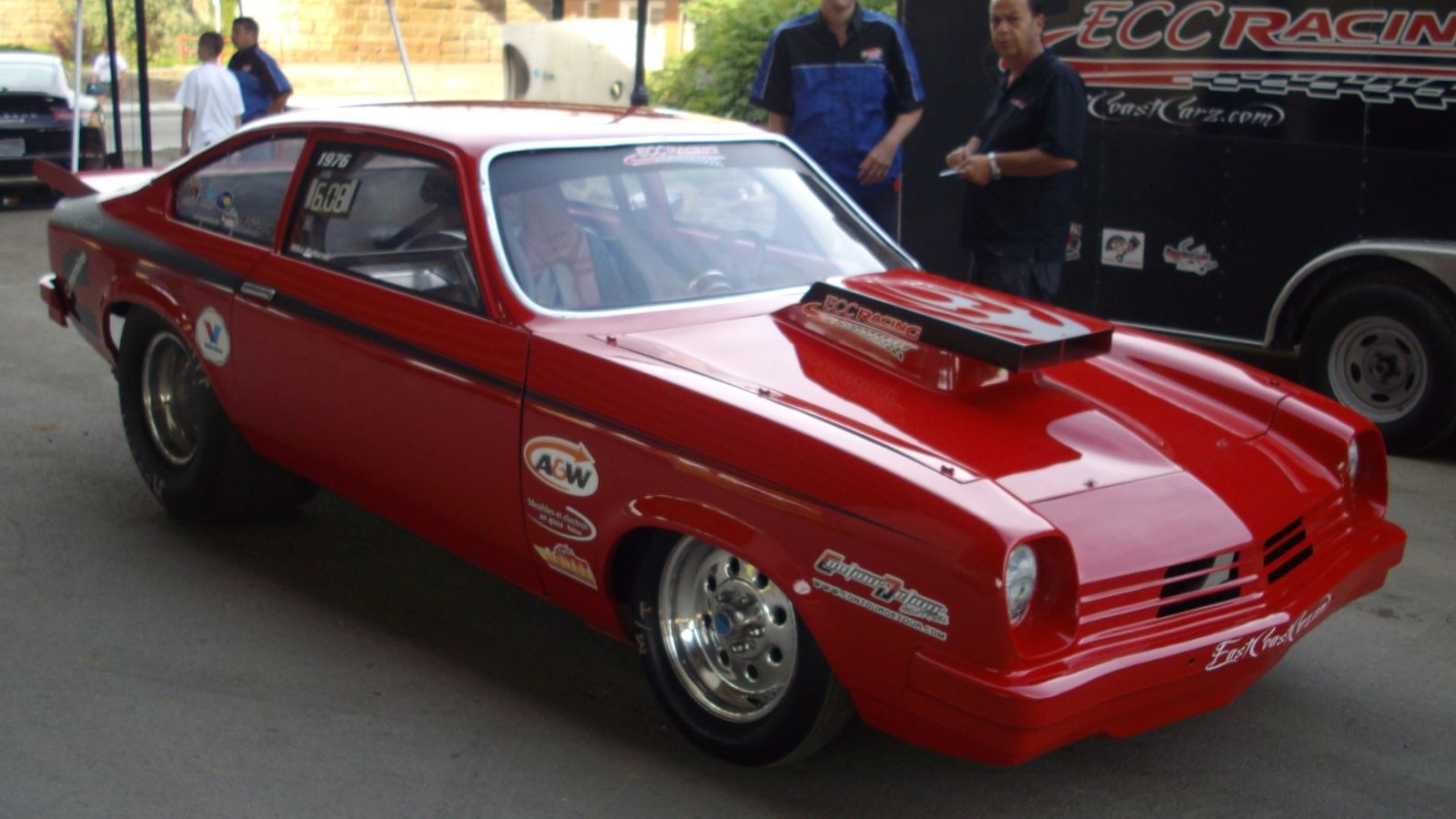
The Vega was launched with high hopes. It looked sharp for a compact, was priced to fight imports, and even won Motor Trend’s Car of the Year. But reality was cruel. Its aluminum engine warped and burned oil, early build quality was abysmal, and rust would eat a Vega alive within just a few years. GM sold over two million units, but the damage to Chevrolet’s reputation for quality was enormous. Today, survivors are rare because most disintegrated, making them more of a cautionary tale than a collectible.
Cadillac Cimarron (1982 to 1988)
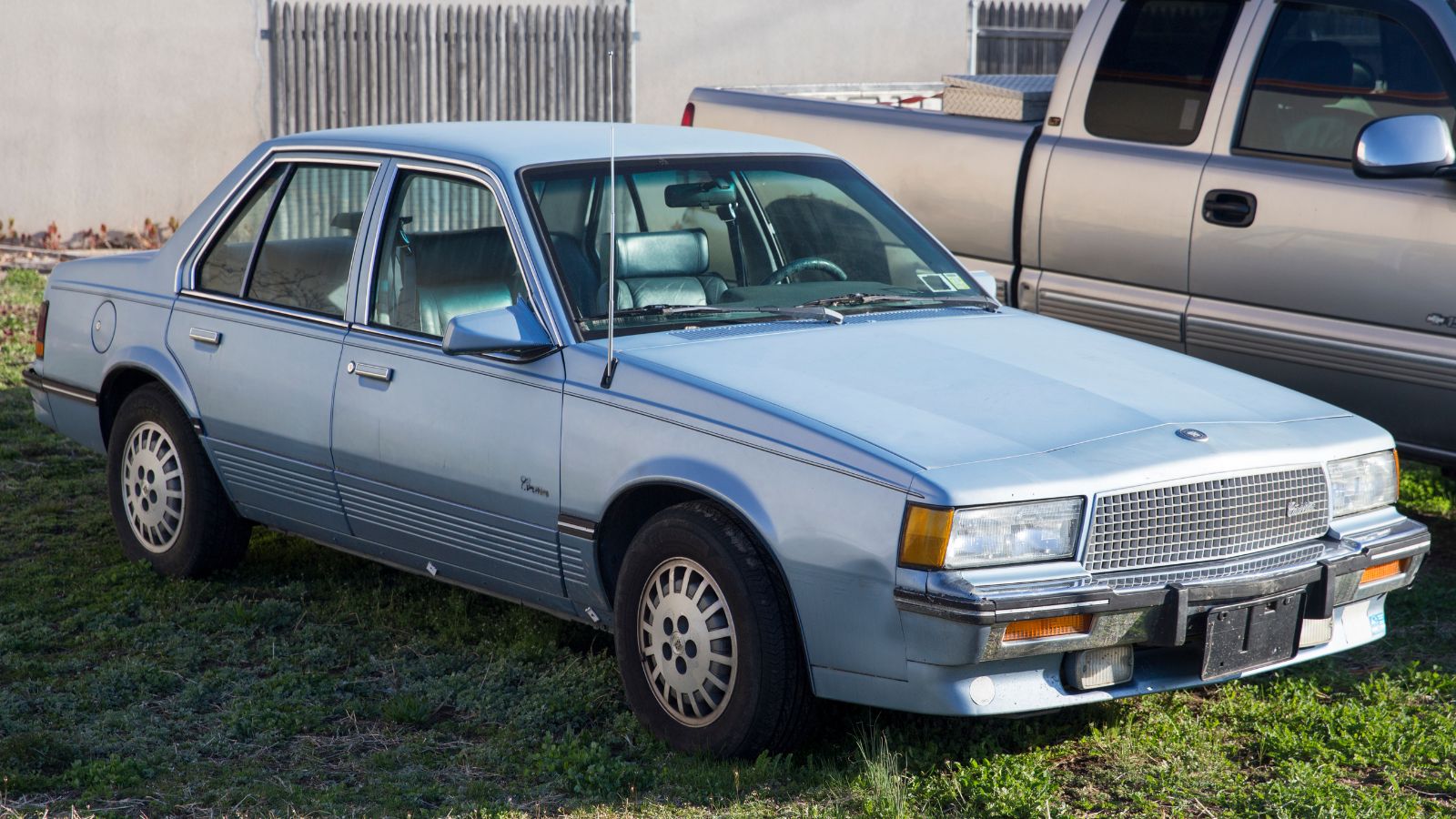
The Cimarron stands as one of the most infamous examples of badge engineering gone wrong. Cadillac tried to sell a dressed up Chevrolet Cavalier as a luxury compact, complete with a laughably underpowered four cylinder engine. Buyers immediately saw through it. Cadillac’s prestige took a massive hit, one it struggled to recover from through the 1990s. Selling for more than double the price of its Chevy sibling, it alienated loyal customers and is still mocked today as the Cimarron by Cadillac.
Pontiac Aztek (2001 to 2005)
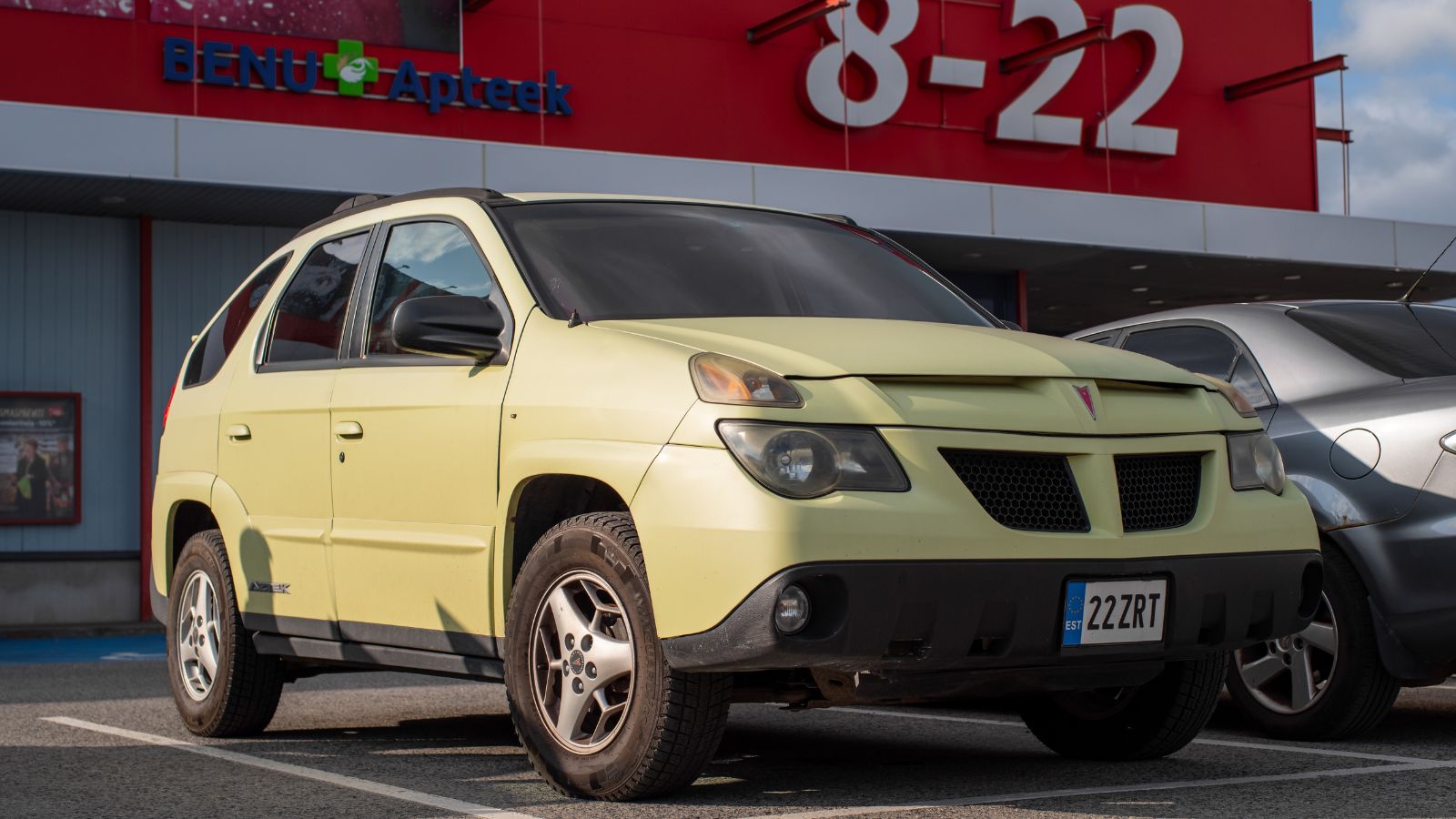
The Aztek is a case study in design failure. Its bizarre overstyled body earned it near universal ridicule, and it became a symbol of Pontiac’s decline. Yet underneath the awkward sheetmetal, it was practical, roomy, and even offered all wheel drive. Unfortunately, few buyers cared. Sales were disappointing, and Pontiac’s reputation never recovered. Thanks to Breaking Bad, Azteks now have a strange cult following, but GM surely regrets how this car damaged one of its core brands.
Chevrolet Citation (1980 to 1985)
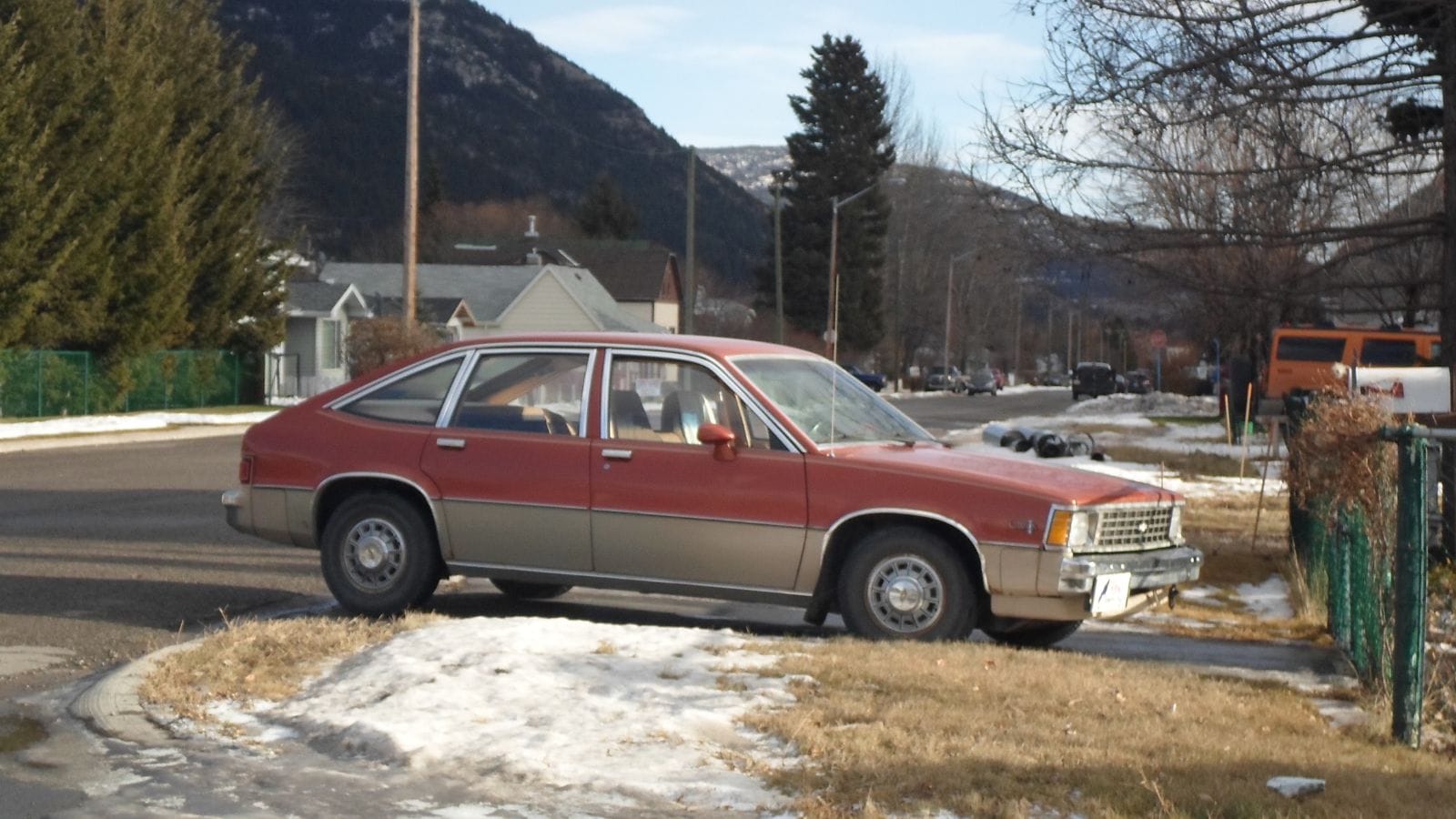
The Citation was GM’s first major attempt at front wheel drive, meant to revolutionize the family sedan. Instead, it became a disaster. Brake lockups, transmission issues, and multiple recalls gave it a reputation for unreliability. It actually sold well at launch with over 800,000 in its first year, but quality woes quickly killed its momentum. Today, it is remembered as one of the biggest misfires in GM history and an embarrassment for Chevrolet.
Cadillac Catera (1997 to 2001)
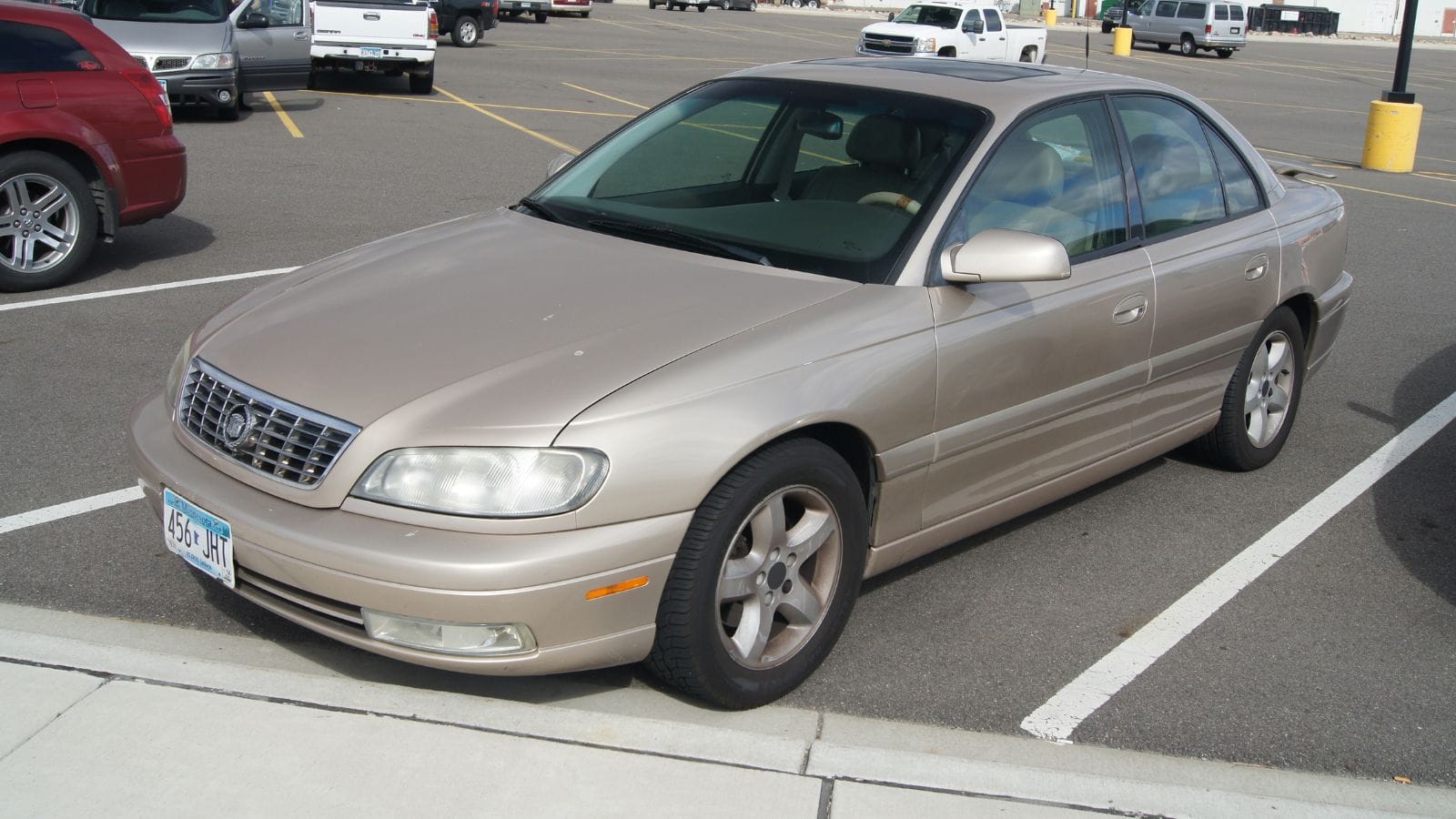
Marketed as The Caddy That Zigs, the Catera was a rebadged Opel Omega brought over from Europe. GM hoped it would lure younger buyers into Cadillac showrooms, but it was bland, unreliable, and expensive to repair. Its 200 horsepower V6 was not enough to compete with BMW or Mercedes, and reliability issues soured early adopters. Sales were poor, and Cadillac abandoned the experiment after four years. It remains one of Cadillac’s most forgettable efforts.
Chevrolet Chevette (1976 to 1987)
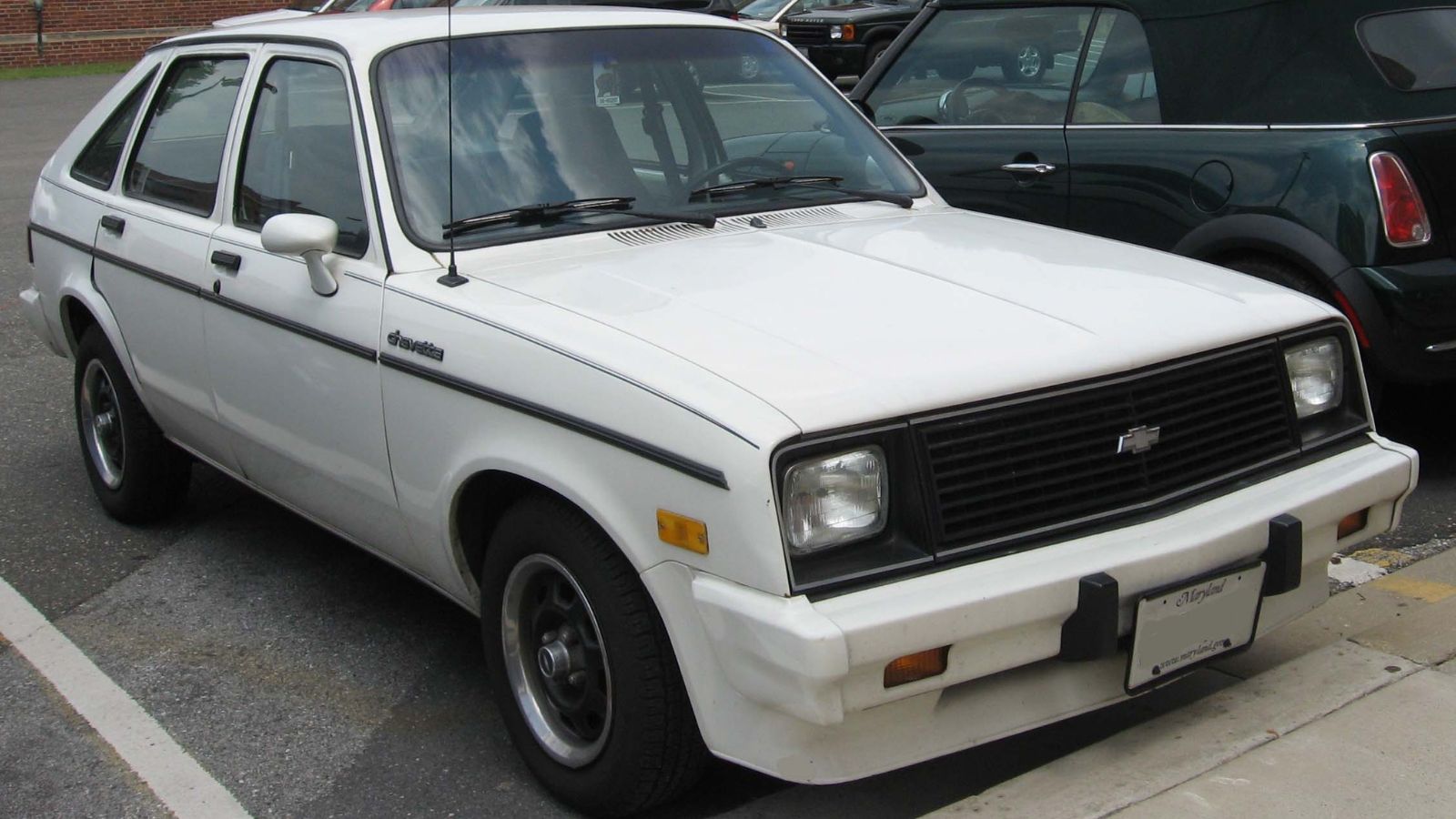
Built to fight cheap imports, the Chevette was basic to the point of misery. Its underpowered four cylinder engines made it painfully slow, while cheap interiors and poor ergonomics made it unpleasant to drive. Yet it sold over 2.7 million units in the United States thanks to its bargain price. For GM, the Chevette kept factories busy, but it also cemented an image of GM small cars as cheap and disposable. Collectors rarely seek them today, and many mechanics say they were among the worst built cars of their time.
Pontiac Fiero (1984 to 1988)
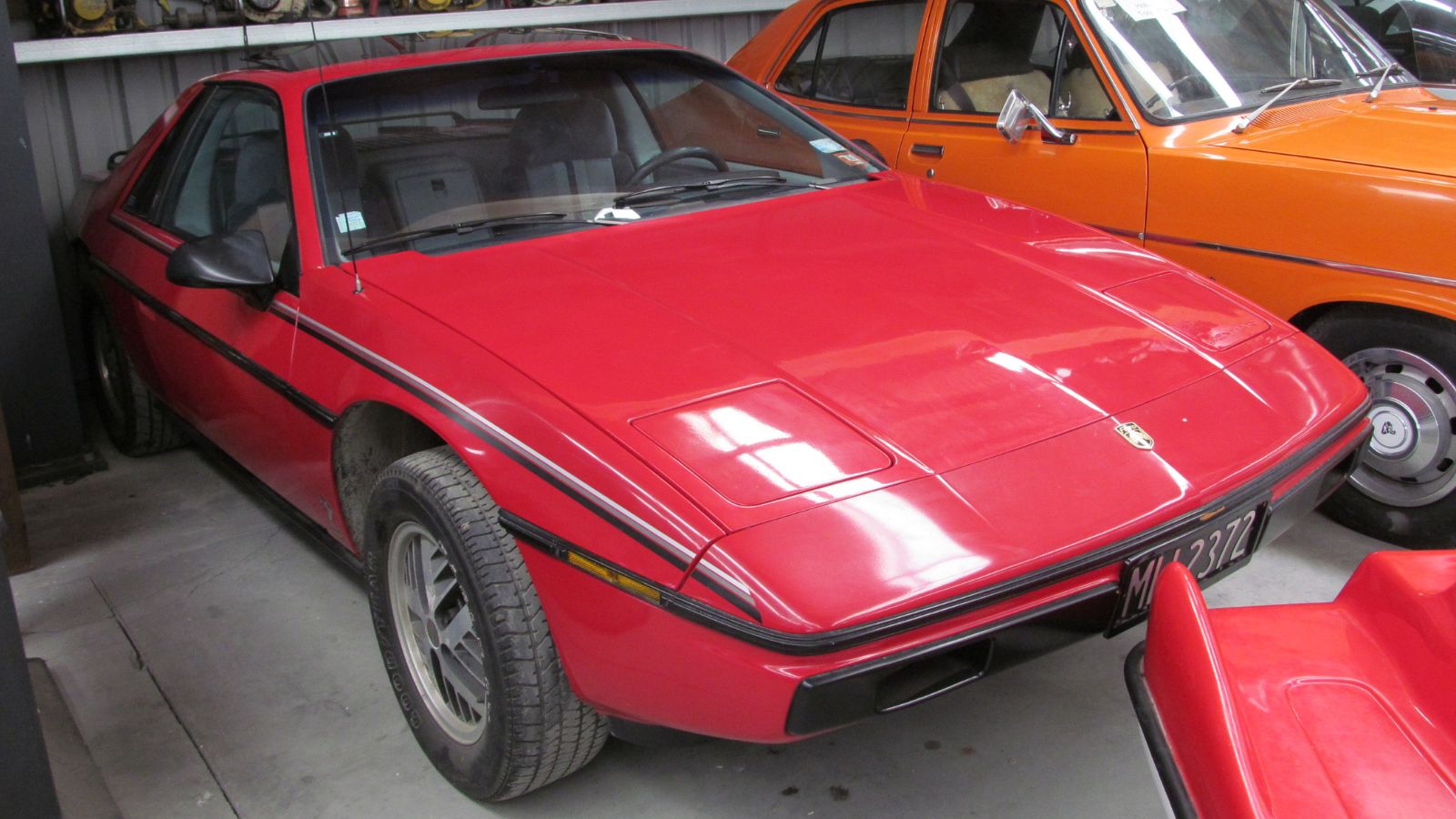
The Pontiac Fiero could have been a home run. It was America’s first mass produced mid engine sports car. But GM crippled it with an underpowered four cylinder engine, a parts bin interior, and serious reliability issues. Early Fieros were notorious for engine fires, leading to disastrous publicity. Pontiac finally improved the car with V6 power and better handling in its last two years, but the damage was done. Collectors appreciate late model Fieros today, but the early ones remain a symbol of missed potential.
GMC Envoy XUV (2004 to 2005)
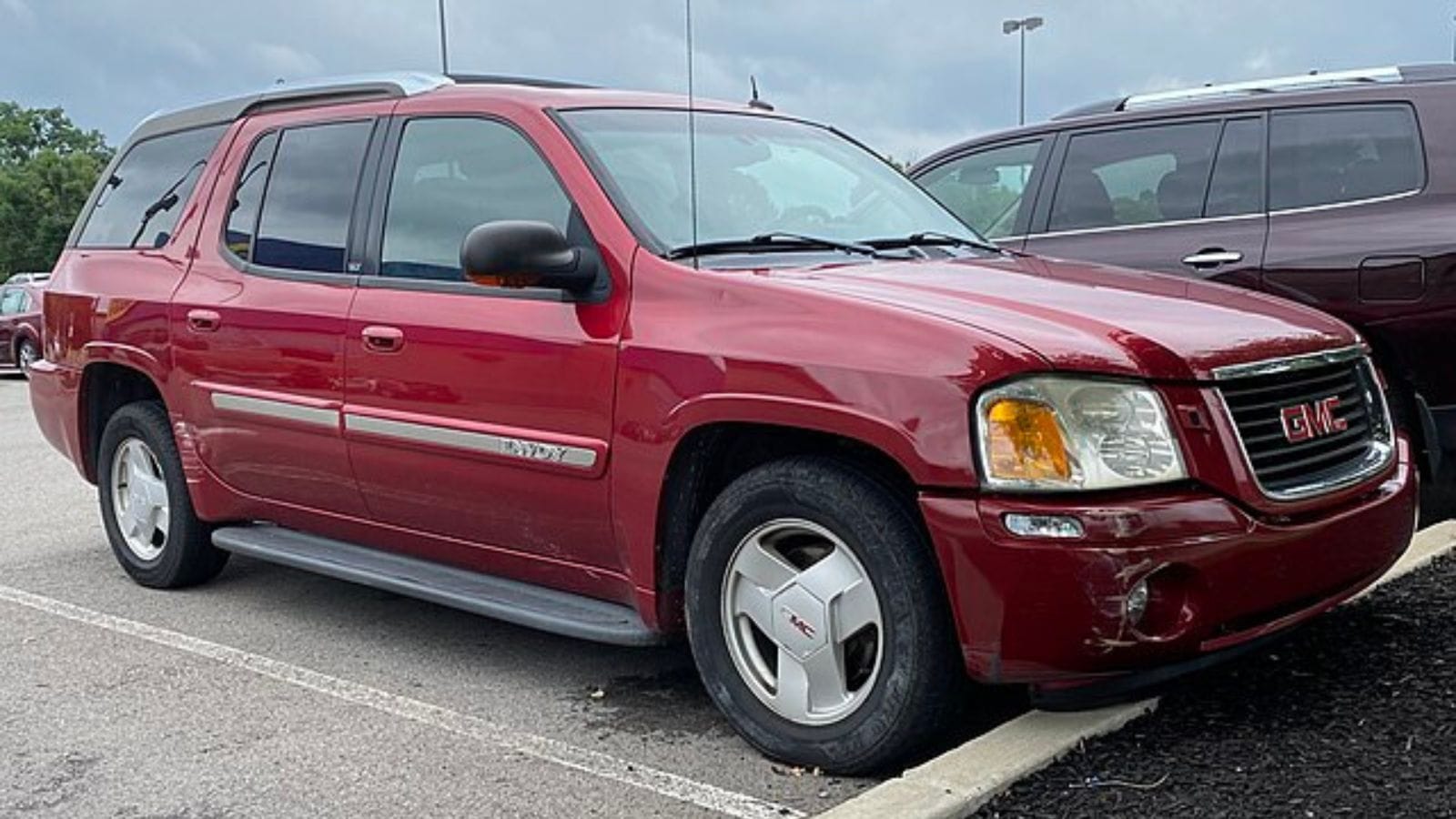
The Envoy XUV was one of GM’s strangest ideas. It looked like a standard SUV until you pressed a button to retract the roof and fold down the midgate, turning it into a sort of half pickup half wagon. The problem was that it was ugly, heavy, and very expensive. Buyers stayed away, and the XUV disappeared after just two years. It is remembered now as one of GM’s weirdest and most impractical experiments.
Chevrolet SSR (2003 to 2006)
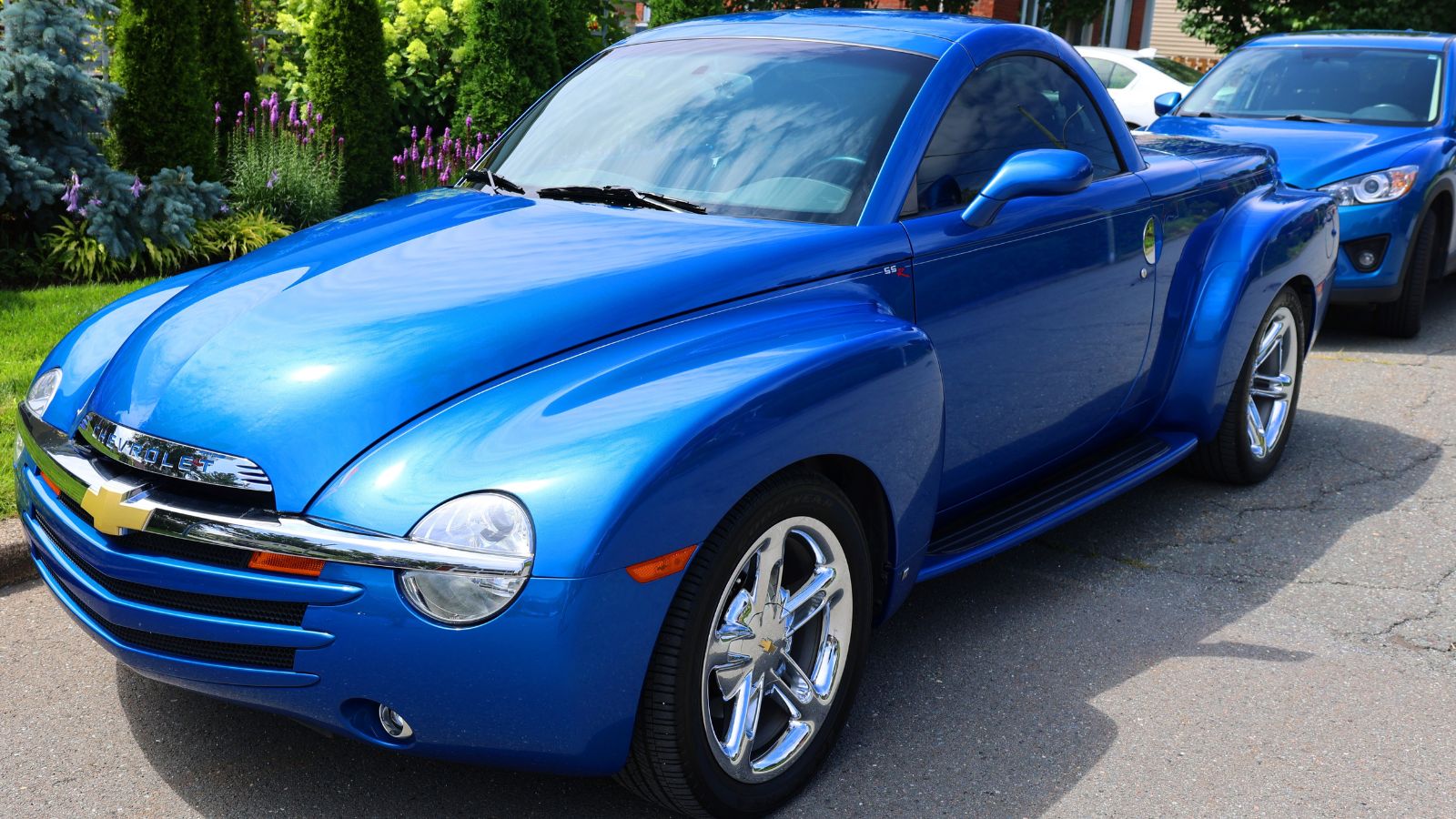
The SSR looked wild, a retro styled convertible pickup with a power retractable hardtop. Unfortunately, it weighed nearly 5,000 pounds, and its performance did not live up to its hot rod looks. Early models had only 300 horsepower, and even later versions with the LS2 Corvette engine could not overcome the SSR’s hefty bulk. Sales were poor, and GM lost money on each one. Collectors today like their quirky styling, but it remains a commercial flop.
Pontiac Lemans (1988 to 1993)
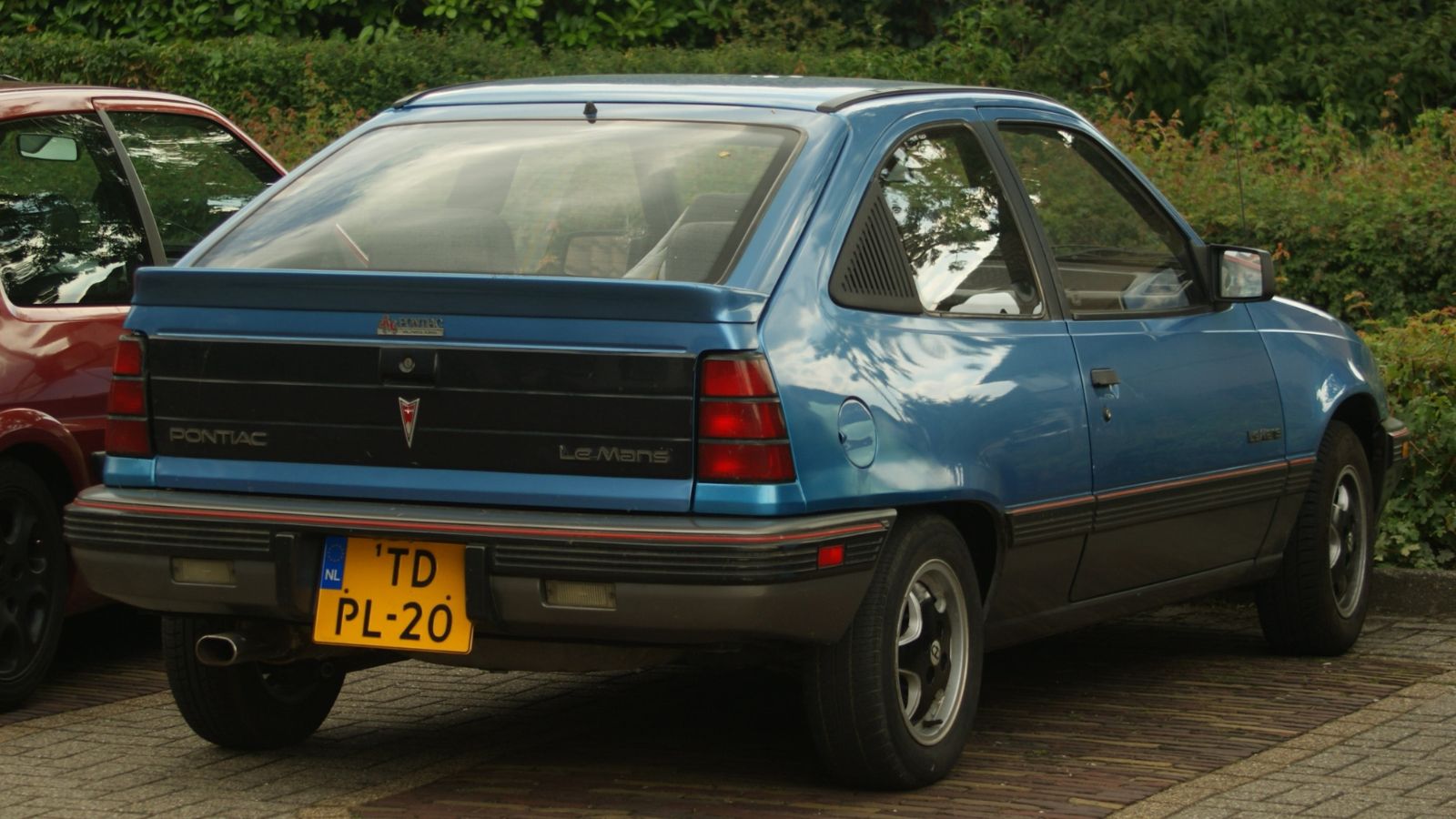
By the late 1980s, Pontiac was struggling, and its version of the Daewoo built Lemans did not help. Imported from South Korea, it was cheap, poorly built, and prone to reliability problems. It tarnished the Lemans nameplate, which had once been worn by muscle cars. Sales were weak, and the car is remembered as one of the low points in Pontiac’s history.
Buick Reatta (1988 to 1991)
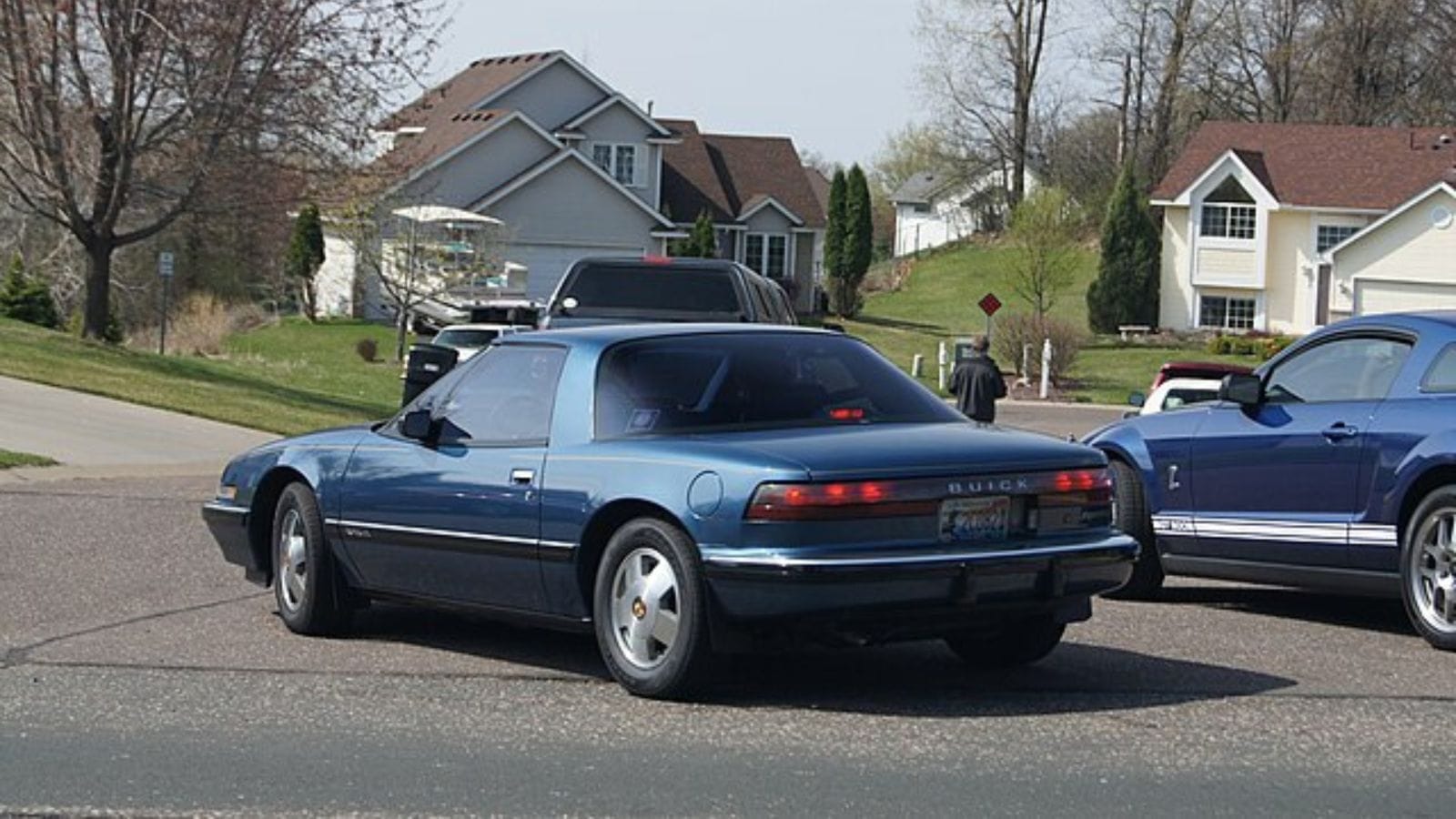
The Reatta was Buick’s attempt to build a stylish two seat luxury coupe. It featured digital dashboards and innovative features, but it lacked power, with its V6 engines producing just 165 to 170 horsepower. At a time when buyers expected serious performance in their sporty coupes, the Reatta was too soft and too expensive. Only about 21,000 were sold, and Buick quietly ended production. Today, they are curiosities rather than sought after classics.
Cadillac Allante (1987 to 1993)

The Allante was Cadillac’s ambitious effort to take on Mercedes and Jaguar in the luxury roadster market. Designed by Pininfarina in Italy, bodies were literally flown to Detroit on specially modified Boeing 747s for final assembly. That bizarre production process made the car expensive, and reliability issues did not help. Its 170 horsepower V8 was underwhelming until a later Northstar V8 was added, but by then the car’s reputation was shot. GM spent a fortune on the project, only to end up with lackluster sales.
Pontiac G6 (2005 to 2010)
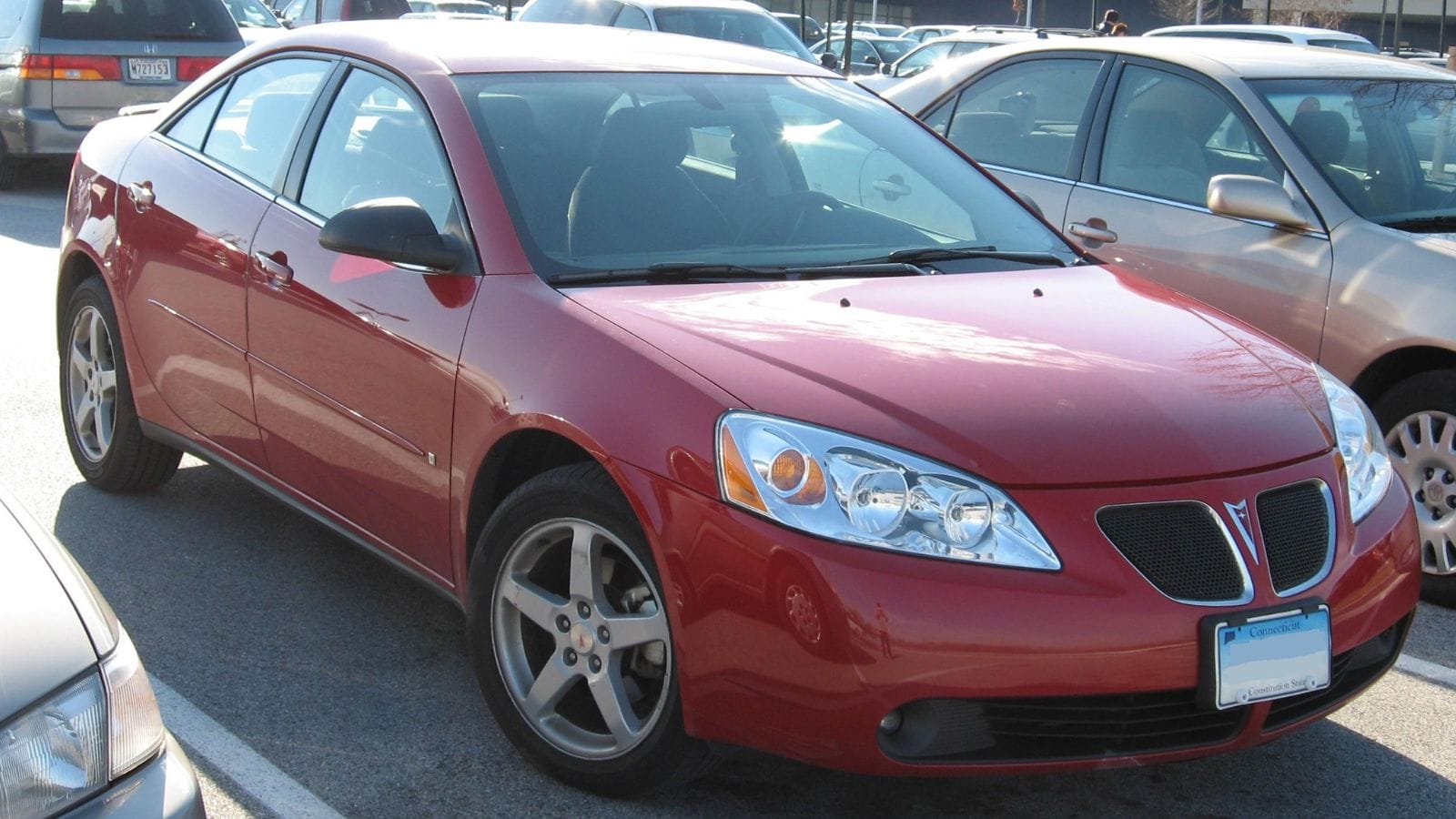
The G6 was heavily marketed as Pontiac’s revival car, even being given away on Oprah’s show. Unfortunately, it suffered from electrical issues, recalls, and forgettable styling. While it was not terrible to drive, it never stood out in the crowded midsize market. Instead of reviving Pontiac, it became another forgettable sedan in the lineup. Today, G6s are cheap used cars with little collector interest.
Saturn Ion (2003 to 2007)

Saturn had been GM’s different kind of car company, but the Ion proved that difference was not always good. Its odd styling, cheap plastics, and one of the worst steering systems of the era doomed it. The Ion also suffered from GM’s infamous ignition switch defect, which led to massive recalls years later. Sales were underwhelming, and the Ion is often cited as one of the cars that sealed Saturn’s fate.
Cadillac Seville Diesel (1978 to 1981)
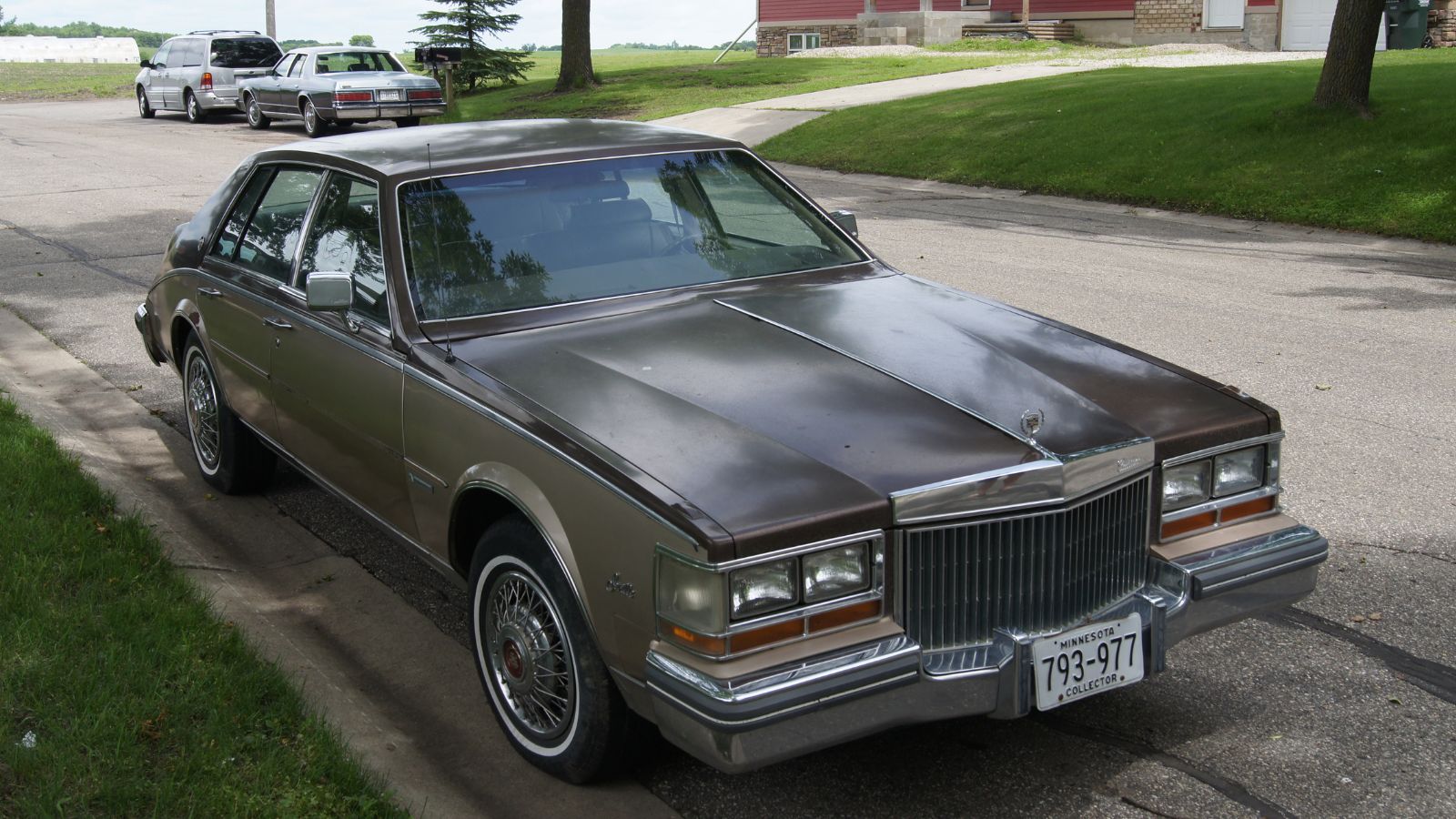
In the wake of the oil crisis, GM rushed to build diesel cars. The result was one of the most catastrophic engines in automotive history. Based on a converted gasoline V8, the 350 diesel in the Cadillac Seville was weak, unreliable, and prone to catastrophic failure. Lawsuits and warranty claims cost GM dearly, and Cadillac’s reputation took years to recover. Today, diesel Sevilles are remembered as one of GM’s biggest blunders of all time.
25 Facts About Car Loans That Most Drivers Don’t Realize

Car loans are one of the most common ways people fund car purchases. Like any other kind of loan, car loans can have certain features that can be regarded as an advantage or a disadvantage to the borrower. Understanding all essential facts about car loans and how they work to ensure that you get the best deal for your financial situation is essential. Here are 25 shocking facts about car loans that most drivers don’t realize:
25 Facts About Car Loans That Most Drivers Don’t Realize
